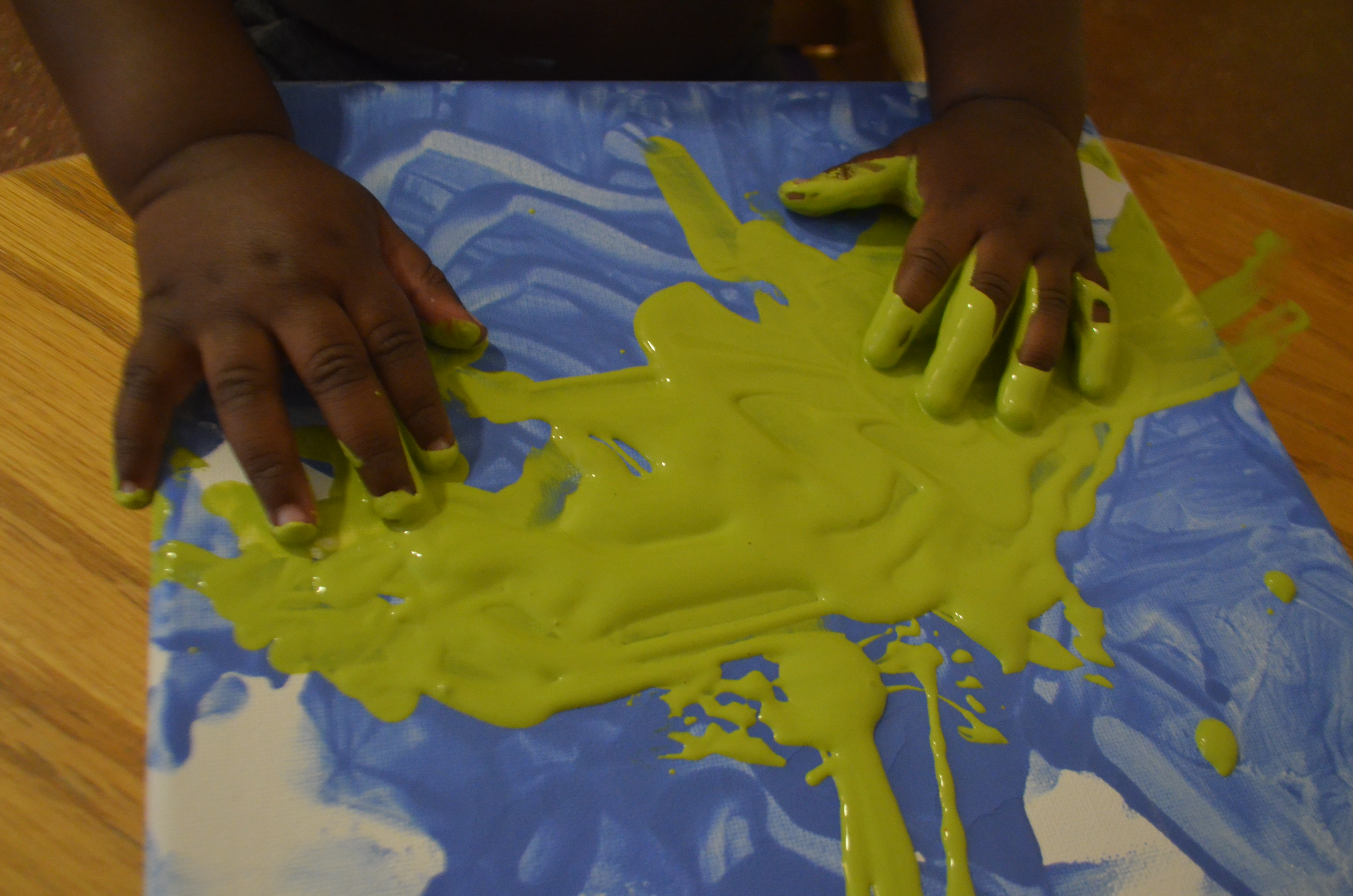-
The Butterfly Cycle
The preschoolers have recently learned about the life cycle of butterflies. Check out this info sheet to see what they thought!
-
BAKING – The Toddler Experience
Samantha Spaulding & Sheila Pijanowski The Young toddlers have been cooking with Erinn, our school cook, one day a week. We had a muffin pan in our dramatic play kitchen and noticed children pretending to make muffins. We decided to make some real muffins for our afternoon snack and breakfast. We plan to continue this…
-
Real Tools, Real Work
Sarah Adams-Kollitz and Andrew Rowan We are a group of big feelers. For 3-5 year olds, every day contains a range of emotions: missing a parent, saying goodbye to a beloved teacher who is moving on or a friend who is now in kindergarten, moving to a new school and feeling uncertain about who to trust…
-
DOCUMENTATION – The Importance in Early Ed Classrooms
Katlyn Bullis All teachers at the Burlington Children’s Space are researchers and documenters. We are collecting as much information as possible to paint a picture of progress and outcomes. Documenting individual growth requires a great deal of research, as the teacher must observe each child in a variety of areas of development over a substantial…
-
PAPER INVESTIGATIONS – Exploring our senses
Katlyn Bullis The many properties of paper invite children to explore using all their senses. It provides opportunities for children to build skills in all areas of development as they manipulate and explore the paper. Sound – Ripping, crinkling, and waving large pieces of paper empowers children to become scientists. Paper can make amazing loud,…
-
THE PROCESS OF CLAY with Old Toddlers
Samantha Spaulding During the process of introducing modeling clay to the children, the experience has been very open-ended and leaning into creativity and sensory experience that it offers. The clay that is offered is bright and colorful with a doughy, smooth texture. Manipulating the clay by squishing, squeezing, pulling, and rolling helps the children to…
-
EARLY LITERACY – Fostering a Love for Language
Katlyn Bullis The idea of babies talking, and reading can seem incredible, but language and literacy skills start from birth! Babies communicate through sounds, facial expressions, and gestures. These are all important ways to help them learn about language and the written word. Early language and literacy skills are learned best through everyday moments such…
-
SIGN LANGUAGE – Importance of Non-Verbal Communication in the Early Years
Katlyn Bullis Everyone has had moments in their lives when they could not communicate their needs in a way others could understand. The result is a level of frustration beyond compare. Sign Language gives children a means to express needs in an effective way. Try thinking about a time, as an adult, when you have…
Archivista
A Living Archive of Children's Works at Burlington Children's Space
